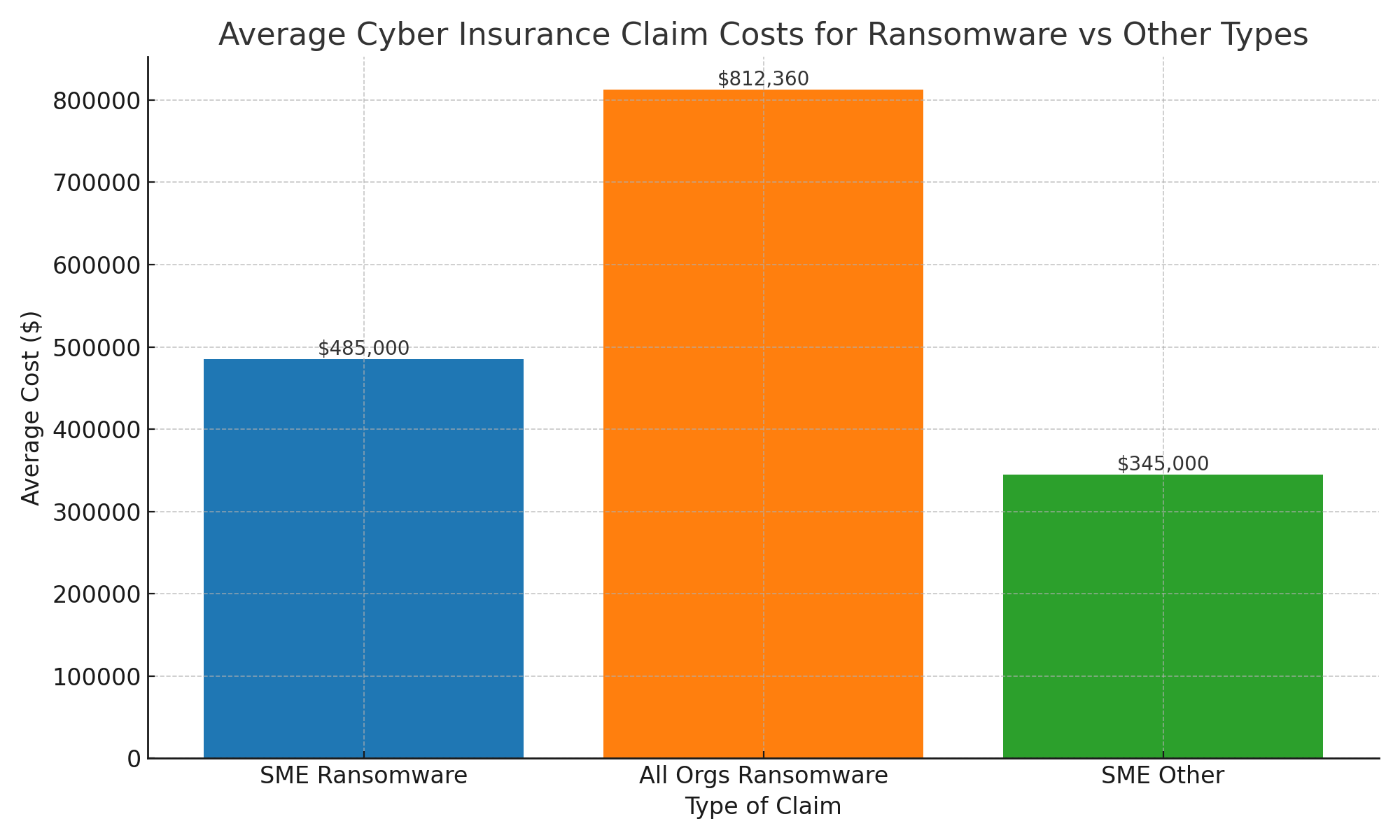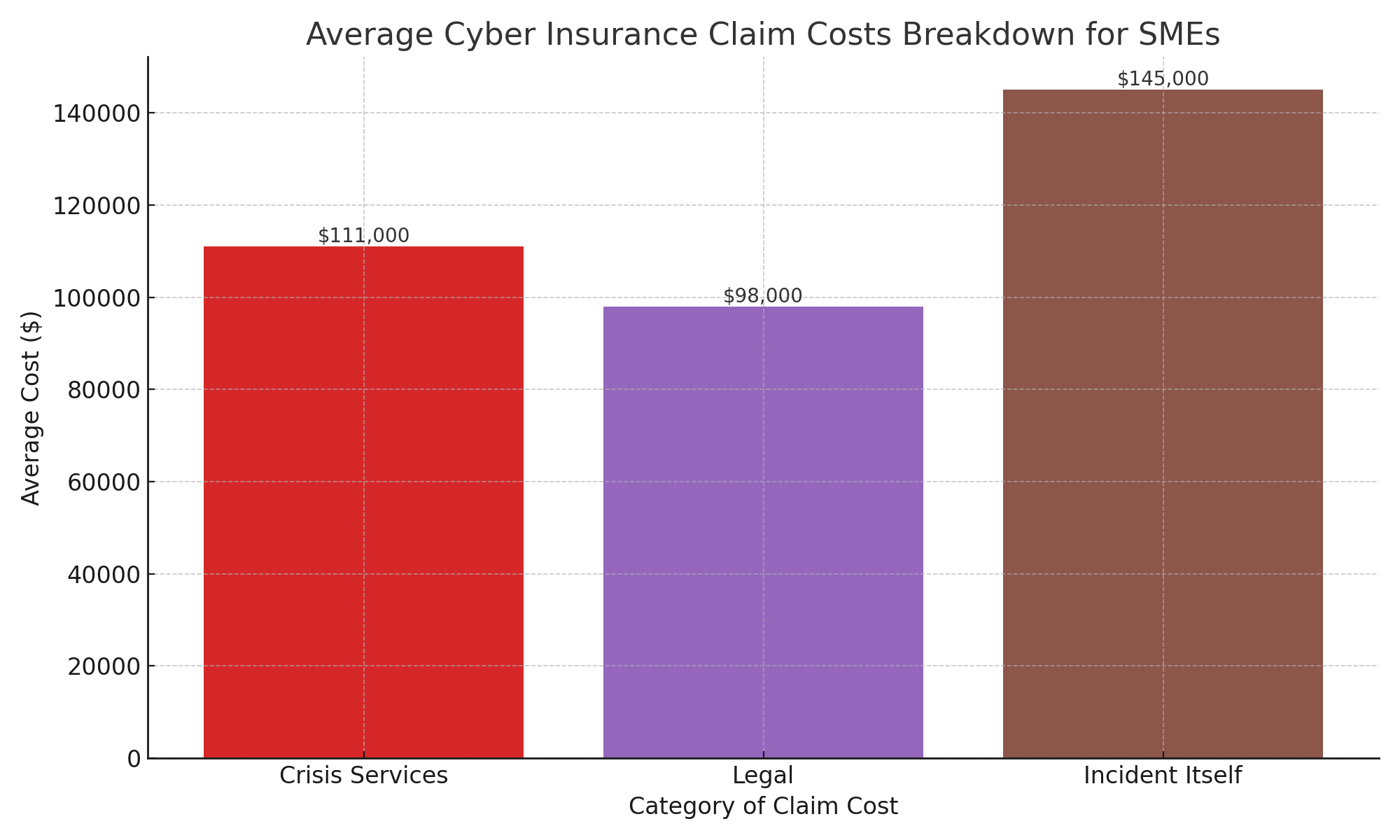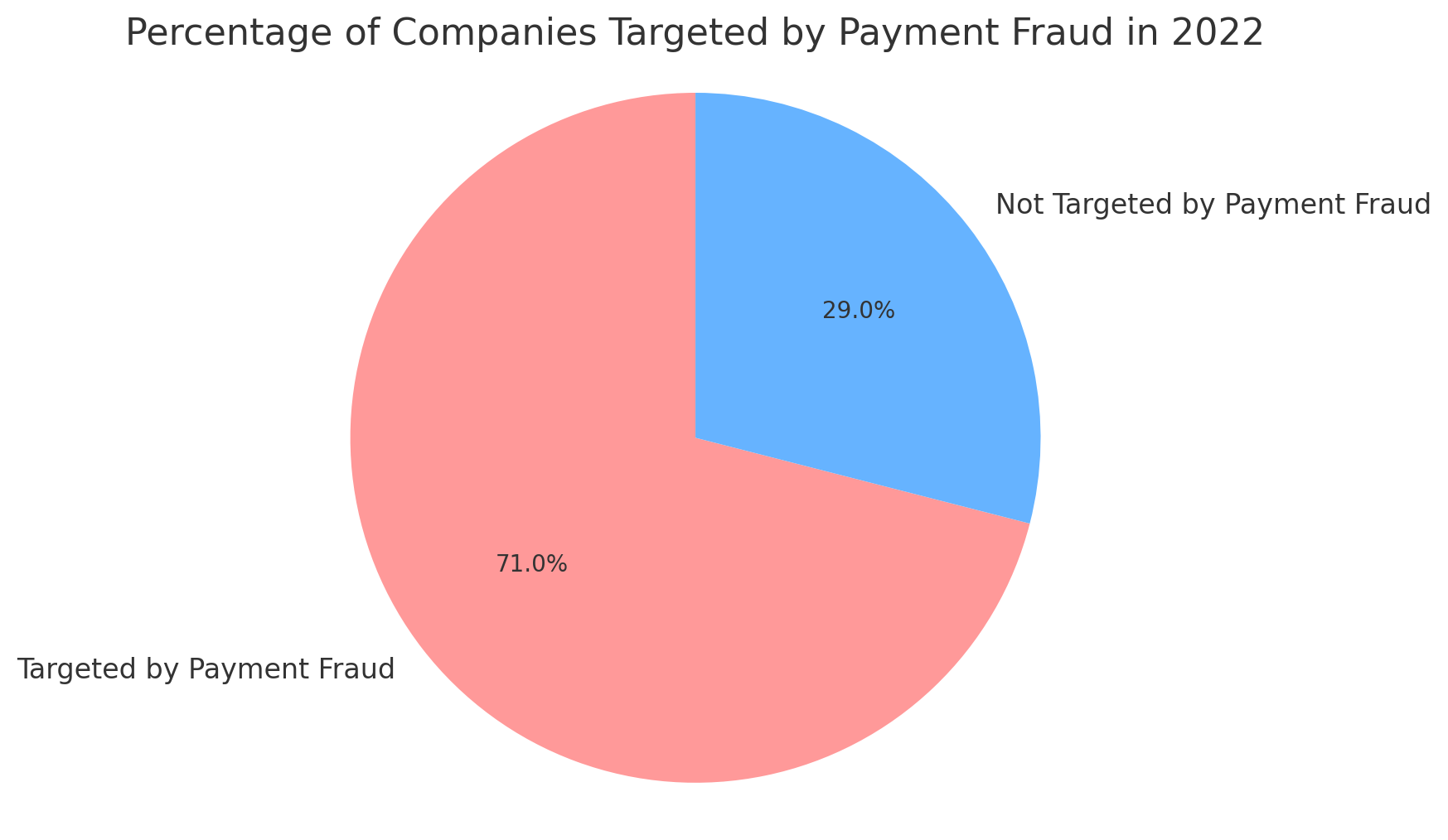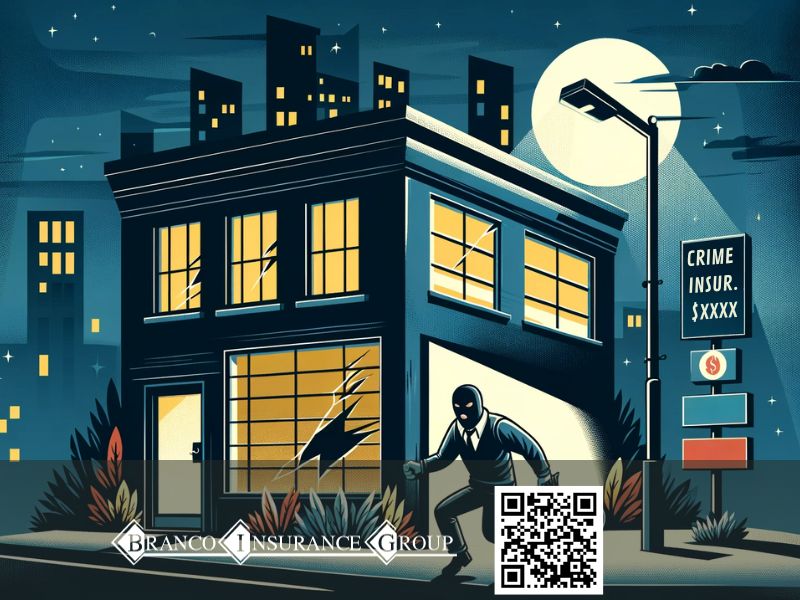Crime can happen anywhere, even at the best-run companies. From petty theft to sophisticated cyber scams, criminal activity poses a serious threat to every organization’s financial health and reputation. According to the Association of Certified Fraud Examiners (ACFE), businesses worldwide lose approximately 5% of annual revenues to fraud. For small and mid-sized companies especially, a single large loss can be catastrophic.
Crime insurance provides an affordable way for companies to protect against potentially devastating losses from crime. This comprehensive guide will explain everything business owners need to know about securing the right crime policy to safeguard their assets and operations from both internal and external risks.

What is Crime Insurance?
Commercial crime insurance, sometimes called fidelity coverage, is a type of business insurance that protects companies from direct losses resulting from criminal activity. It covers financial losses from crimes such as:
- Employee theft – embezzlement, payroll fraud, theft of money or inventory
- Robbery or burglary
- Computer and funds transfer fraud
- Financial losses from hacking, phishing, and social engineering
- Forgery
- Counterfeiting
- Identity theft scams targeting the business
Crime policies cover losses resulting from crimes perpetrated both by employees and third parties. They protect money, securities, inventory, equipment, and other business property.
Crime insurance fills an important gap since most commercial property and liability policies explicitly exclude losses from criminal acts. It pays out when criminals – whether inside or outside the company – steal or damage the insured’s own assets.
Whereas cyber insurance focuses on data breaches and network security incidents, crime coverage zeroes in on direct financial theft and fraud. Crime and cyber policies complement each other to offer comprehensive protection.
Why Businesses Need Crime Insurance
The scale of losses suffered by victim companies can be staggering. According to the ACFE’s 2020 Global Fraud Study, the median loss from a single corporate fraud scheme was $125,000. For small businesses with modest revenues, a loss of that magnitude can be utterly devastating.
Even with rigorous internal controls, experienced management, and trusted employees, organizations of all sizes remain vulnerable to crime:
- Employee theft is shockingly common, even among long-term personnel. Workers may rationalize stealing as “victimless” or temporary solutions to personal financial problems.
- Sophisticated hackers and online scammers are experts at impersonating vendors, clients, and employees to manipulate funds transfers or access financial accounts and sensitive data.
- Technological innovations create new opportunities for cyber theft and fraud using business email, payment platforms, remote access tools, and more.
- Collusion between insiders and external conspirators multiplies the risk of large, hard-to-detect fraud schemes.
- Small, family-run companies often have fewer resources for stringent financial oversight procedures compared to large corporations.
For these reasons, experts strongly recommend small and mid-sized businesses secure crime coverage to mitigate their exposure. Crime insurance represents a straightforward, cost-effective way to transfer the risk of catastrophic loss.

What Does Crime Insurance Cover?
Crime policies vary between insurance carriers, but most offer a suite of coverages for the major types of criminal acts that cause financial loss. Here are some of the key coverages to look for in a commercial crime policy:
Employee Theft
Also called employee dishonesty coverage, this insures against loss from theft of money, inventory, equipment, data, or other property by workers. It covers many types of criminal employee behavior including:
- Embezzlement – illegal use of company funds for personal gain
- Payroll fraud such as adding fake employees
- Fake or inflated expense reports
- Forgery of checks or payment authorizations
- Misappropriation of confidential business data
- Collusion with vendors or customers on fraudulent invoices or kickback schemes
Coverage usually applies to all employees, including managers, temporary workers, and remote employees. Policies differ on whether they cover theft by independent contractors or volunteers as standard or optional add-ons.
Table 1: Breakdown of Average Claim Costs by Crime Type
Crime Type | Direct Loss | Legal Defense | Settlements | Total Average Claim |
Employee Theft | $100,000 | $30,000 | $20,000 | $150,000 |
Robbery | $5,000 | $1,000 | $1,000 | $7,000 |
Check Forgery | $10,000 | $12,000 | $2,000 | $24,000 |
Cyber Crime | $150,000 | $40,000 | $10,000 | $200,000 |
Inside the Premises Theft
This covers the loss of money and other property stolen by non-employees from inside the insured’s premises during business hours. For example, robbery or shoplifting by customers, vendors, or other visitors.
Outside the Premises
Also called messenger coverage, this insures against theft of money and property when employees are conducting business away from the main insured location. For example, theft from a company vehicle, salesperson’s car, or employee’s home office.
Forgery
This covers financial losses due to forged checks, payment orders, invoices, contracts, or other financial documents. Forged signatures, endorsements, and counterfeit paperwork are commonly used in external fraud schemes.
Computer and Funds Transfer Fraud
This insures against theft of money or securities from the company resulting from computer hacking or fraudulent electronic communications such as:
- Phishing emails impersonating vendors or clients
- Fake payment or invoice emails
- Compromised business email accounts
- Unauthorized electronic funds transfers
- Fake change of bank account notices
Funds transfer fraud and cyber scams cost victim companies billions annually. This coverage is essential for protecting financial accounts in the digital age.
Credit Card Fraud
This covers unauthorized use of company credit cards or credit card numbers, including physical theft of cards and electronic theft of account data. It may cover merchant chargebacks for fraudulent transactions.
Identity Fraud Expense
This pays certain costs resulting from identity theft targeting the business, such as expenses to restore credit, replace documents, or correct public records. It does not cover direct financial losses from identity fraud.
Investigative Expenses
Policies may offer limited coverage for investigative costs to establish the existence and amount of covered losses. This may include forensic accounting, IT forensics, or attorney fees.

Key Exclusions and Limitations
Crime insurance policies contain important exclusions and limitations to understand. Some key exclusions found in many policies include:
- Indirect losses – crime policies only cover direct loss of the insured’s funds or property. Indirect costs from business interruption, lost income, or damaged reputation after a fraud incident are excluded.
- Data breaches – theft or disclosure of private data is excluded, since this is covered under cyber insurance.
- Confidential information – loss of proprietary information or trade secrets is typically excluded.
- Top officials – theft by executive management, directors, or business partners/owners is often excluded.
- Benefit plan covered persons – theft from employee benefit plans by plan trustees or administrators may be excluded.
- War, nuclear hazards – damage from these causes is excluded.
- Governmental action – loss due to confiscation by authorities is excluded.
- Lost income – no coverage for financial losses stemming from the inability to conduct business after a crime incident.
- Special valuables – some items like art, furs, or precious metals may be limited or excluded.
Crime policies also contain special limits and waiting periods that apply for certain types of losses. It’s essential to read the full policy document and disclosures to be aware of all limitations. An insurance broker can explain the fine print to help make sure you have the coverage your business needs.
Crime Insurance Costs
According to specialists at Embroker Insurance Services, rates for crime insurance typically range from 0.5% to 2% of total insured value. In other words, $1,000 to $4,000 in annual premiums per $100,000 of coverage. Exact premiums depend on these factors:
- Coverage limits – higher limits mean higher premiums. Purchase enough limits to cover your worst-case loss scenario.
- Deductibles – choosing a higher deductible reduces the premium. Retain only the deductible amount your business can comfortably absorb.
- Revenue – larger companies pay more since they have more to lose. But don’t underinsure based only on revenue. Assess your true crime loss exposure.
- Location – businesses in areas with more property crime may pay higher rates.
- Industry and operations – companies handling high volumes of cash or valuables are at greater risk.
- Financial controls – strong accounting procedures, frequent audits, and fraud detection systems may qualify for discounts.
- Claims history – businesses with past crime claims may pay higher premiums. Avoid frequent small claims to keep costs low.
Ask insurers about policy discounts and bundle crime with other business insurance plans to maximize savings. Comparing quotes from multiple A-rated providers ensures you find the best value.
Table 2: Crime Policy Premium Example for Mid-Sized Company
Coverage | Limit | Base Premium | Discounts/Surcharges | Final Premium |
Employee Theft | $250,000 | $1,500 | -$200 (security system) | $1,300 |
Forgery | $50,000 | $750 | +$100 (claims history) | $850 |
Cyber Crime | $100,000 | $1,000 | -$150 (IT audits) | $850 |
Total | $400,000 | $3,250 | -$250 | $3,000 |
Crime Insurance Claims Process
If your business suffers a loss from crime, a smooth insurance claims process depends on three key factors:
- Timely claim reporting – crime policies impose strict notification deadlines, often between 30-60 days from discovery. Late reporting risks denial of the claim.
- Thorough documentation – the burden is on the policyholder to prove their loss resulted from an insured crime. Compile evidence like financial records, security camera footage, computer logs, police reports, affidavits, and inventory documentation.
- Careful investigation – insurance carriers will investigate the legitimacy of circumstances and the amount of loss claimed. Expect to provide access to personnel and records. Dedicated claims investigation assistance provided under some policies can be invaluable.
Work closely with your insurance broker and legal counsel to successfully demonstrate your claim after a crime loss.
Handling Crime Prevention and Response
Beyond getting the right insurance, businesses can take proactive steps to reduce the chance of crime incidents and minimize potential losses:
- Conduct background checks on new hires to uncover any red flags in their employment or criminal history.
- Limit financial system access to only essential personnel and require strong passwords.
- Use software monitoring for signs of embezzlement in accounting systems.
- Enforce strict vendor screening procedures including reference and credit checks to prevent fake invoices or shell company schemes.
- Educate employees on cyber risks and security best practices to prevent email and wire transfer scams.
- Segregate financial duties across multiple trained employees so no one person has too much control.
- Perform mandatory employee leave rotations and implement system access controls to detect irregularities during personnel changes.
- Require mandatory annual audits by external forensic accounting professionals to identify control weaknesses.
- Install video surveillance systems to monitor high-risk areas on-premises and as evidence in theft events.
- Implement inventory tracking technologies to identify unexplained inventory shrinkage that could signal theft.
If a significant crime loss does occur, notify law enforcement and insurers promptly. Work with forensic specialists to investigate, quantify damages, restore compromised systems, and implement new risk controls to prevent repetition.
Crime Insurance Takeaways
- Crime presents an ever-present danger to companies of all sizes. The potential cost of just one large fraud or robbery can cripple small and mid-sized businesses financially.
- Crime insurance provides affordable, essential protection against losses from employee theft, cyber crimes, robbery, and more. It covers direct loss of money, securities, and other valuable property.
- Policies offer flexible options to customize coverage for your company’s unique risk profile and budget. Bundling crime with other business insurance plans can maximize savings.
- Take proactive steps to reduce the likelihood of crimes happening in your business. But also transfer risk through adequate insurance with an A-rated provider.
- Report claims promptly, compile thorough evidence, and work with legal counsel to document your case. Many policies provide assistance with claims investigation costs.
- Combining commercial crime coverage with cyber insurance offers comprehensive protection for your assets in the digital age.
No company is immune to crime. But with proper precautions and the right insurance partner, businesses can defend against potentially devastating criminal acts threatening their finances and future. Crime insurance brings peace of mind that your livelihood is protected even in the worst scenarios.
Table 3: Crime Policy Structuring Recommendations
Revenue | Locations | Prior Claims | Recommendation |
<$1M | Single | No | Endorse BOP |
$2M | Few | Yes | Standalone policy |
$5M+ | Multiple | No | Endorse D&O + Umbrella |
Final Thoughts: Crime Insurance Brings Peace of Mind
Crime presents a constant danger that can disrupt businesses and destroy livelihoods. But with the right commercial crime policy, companies can defend themselves against internal and external threats targeting their finances.
Crime insurance provides an affordable way to transfer the risk of potentially catastrophic losses from theft, fraud, cyber crimes, and other criminal acts. Comprehensive protection safeguards your hard-earned assets and ensures your company’s future is never jeopardized by unforeseen crime.
For small and mid-sized businesses especially, securing this essential coverage is a smart investment. Crime policies customizable to your specific risk profile and budget are available from leading insurers.
Ready to Protect Your Business? Contact Branco Insurance Group
At Branco Insurance Group, our experienced agents make it fast and easy to get covered. We work with top-rated insurers to find you the optimal crime insurance solution at the best value.
Contact us today for a free quote assessment. We’ll review your current policies, risks, and needs to advise if a crime policy makes sense. There’s no obligation to buy.
Don’t leave your company exposed. With customized crime insurance from Branco Insurance Group, you can be confident your finances are shielded from harm. Request a quote now to start the conversation.








